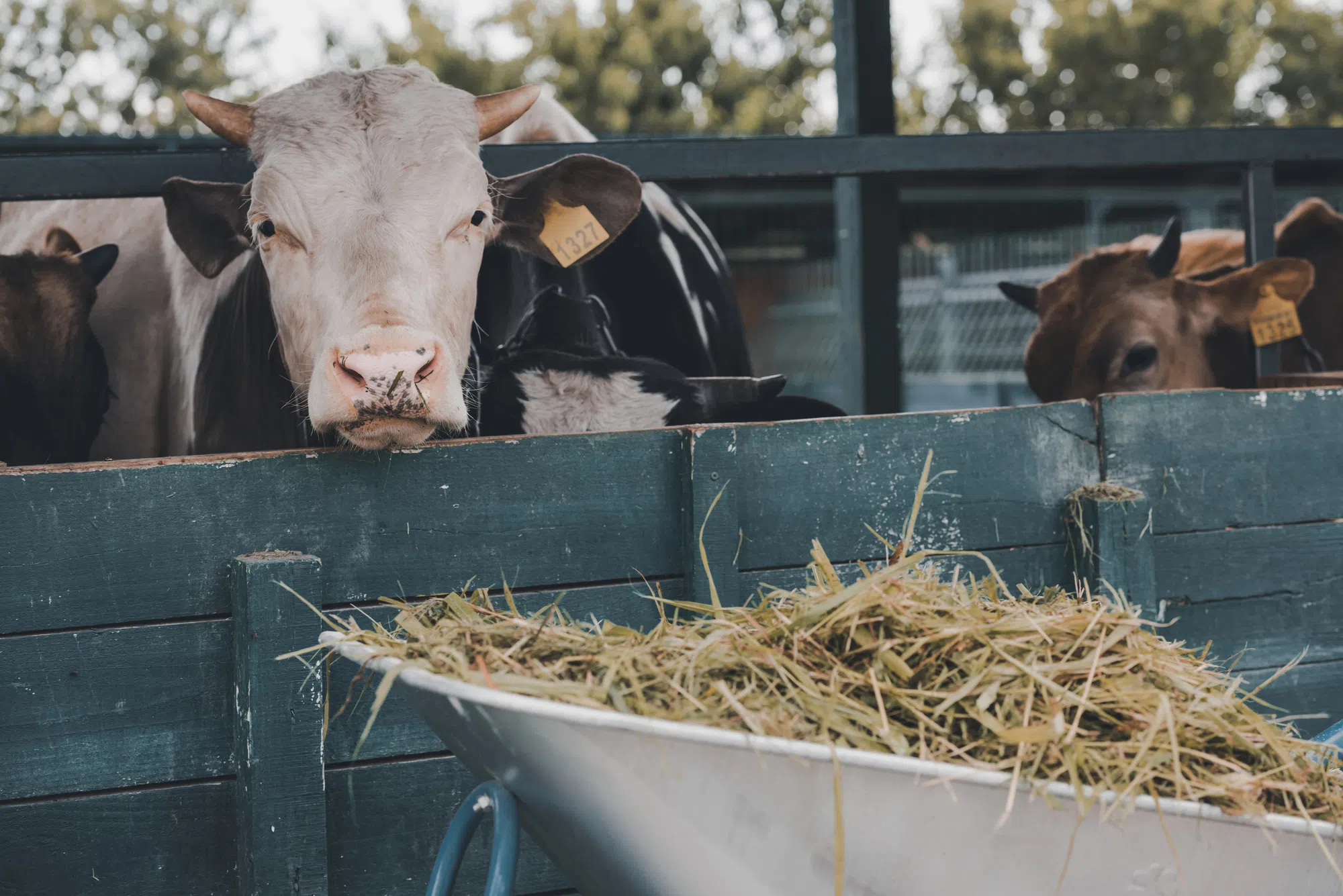Farmers across New Brunswick are dealing with one of the worst droughts in decades.
Nearly two-thirds of the province was abnormally dry or in drought by August, up from just 4 per cent in July, according to the Agricultural Alliance of New Brunswick (AANB).
Rainfall across the province dropped to about 25 per cent of normal levels, with some areas hit harder than others.
Ules Baxter, owner of WindGap Farms, says the dry conditions have forced him to bring his cattle home a month earlier than usual.
“Nobody really got a whole lot of second cuts,” Baxter said.
“And actually, the calves are lighter to sell this fall because I just learned the other day about that most of your blood circulation has been on the outside to keep them cool, so they weren’t able to put the pounds on that they normally would.”
Baxter says he’s hopeful the feed harvested earlier in the season will be enough to get through the winter, but that depends on how cold it gets.
“If not, I would have to purchase feed to get me through,” he said.
Other producers are already facing steep costs.
Eric Walker, owner of Lonsview Farms, estimates he’ll need to spend an additional $60,000 to $70,000 this year on corn silage and grain due to poor crop yields.
The drought has also affected blueberry fields, apple orchards and vegetable farms. Growers have reported stunted fruit, browning leaves and reduced quality.
AANB President Joël Lamarche says farmers are being forced to adjust routines and make difficult decisions that could affect their operations and families for years to come.
Atlantic Canada is expected to see more frequent and intense droughts, heatwaves and extreme weather events, according to the Government of Canada’s Changing Climate Report and the Climate Atlas of Canada.
The AANB says preparing for these challenges will be critical to the future of farming in the region.




